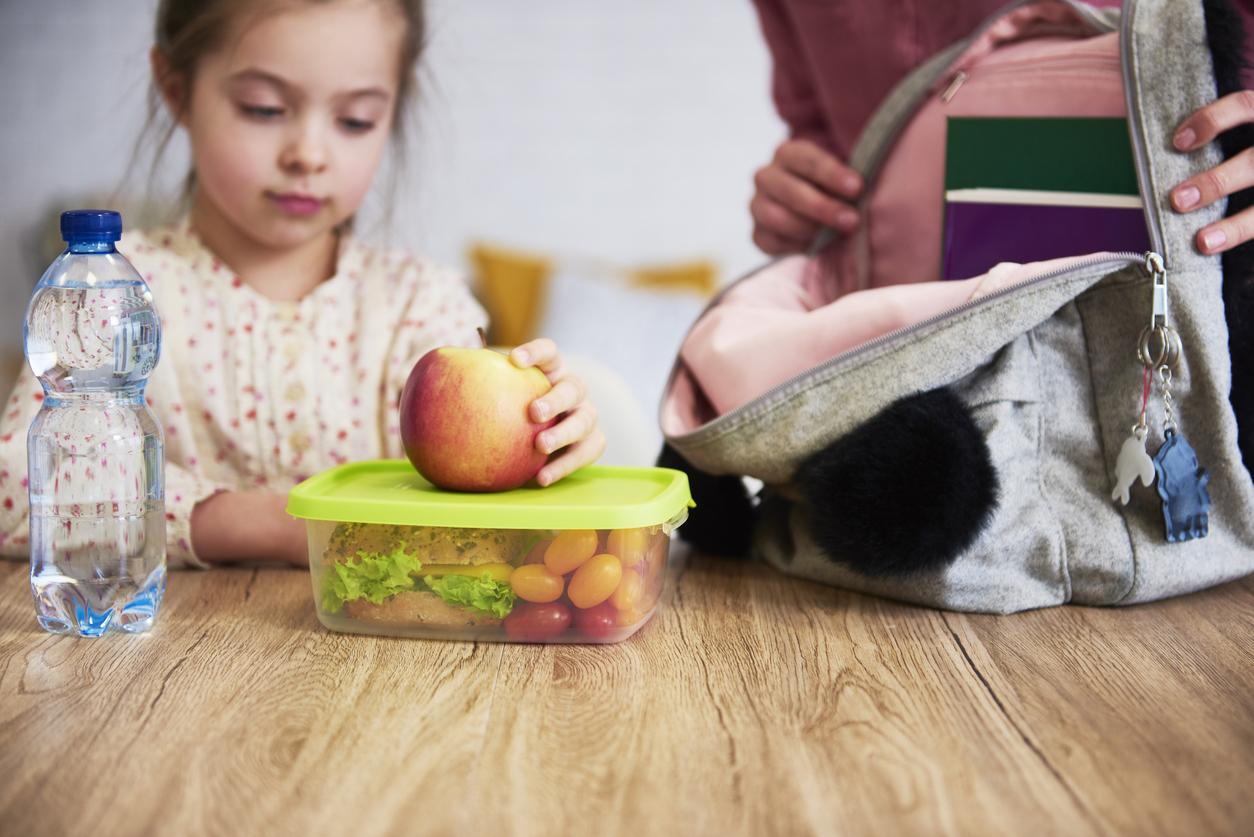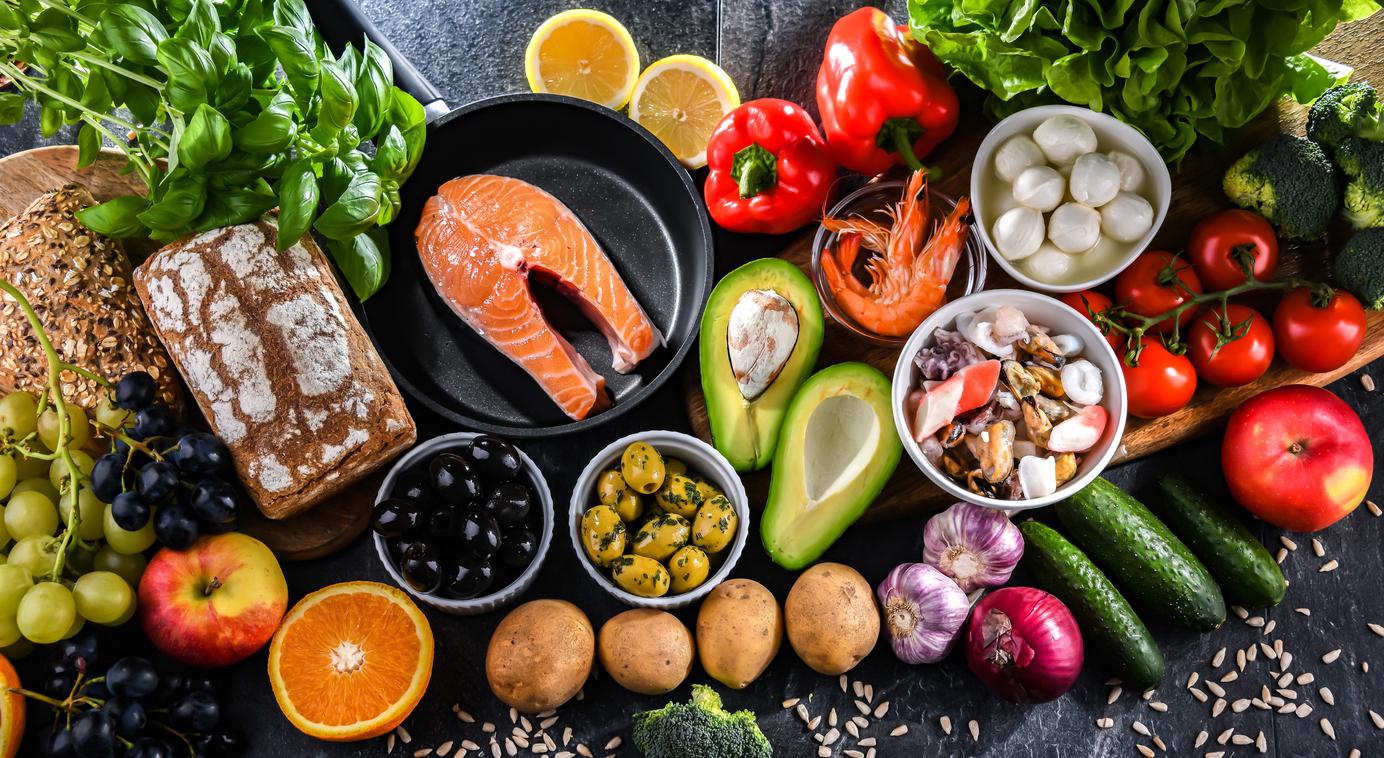Public Health France has updated its dietary advice to parents for preparing meals for children aged 4 to 11. On the menu: fruits, vegetables, dairy products and half-portions.

- Children should get used to eating “fruit and vegetables at meals every day” […] whether fresh, frozen or canned, raw or cooked, plain or prepared.” Fruit juices, on the other hand, should be avoided because they “contain sugars and are low in fiber.”
- For a snack, instead of pastries or industrial biscuits, it is better to offer “bread with a few squares of chocolate or a little butter or jam”. For an optimal calcium intake, children and adolescents should also consume three dairy products per day.
- Finally, portion sizes should be adapted according to age. For example, a child aged 4 to 6 should eat half the portion of an adult.
“Childhood is a period of intense growth and learning. It allows us to establish benchmarks and habits that will remain in adulthood. Food is no exception, quite the contrary!” Public Health France unveiled this Tuesday, September 10, “The Eat-Move Guide for parents of children aged 4 to 11”, which is full of“practical food tips and advice” to “easily apply on a daily basis”.
Based on the work of the National Agency for Food, Environmental and Occupational Health Safety (ANSES) and the High Council for Public Health, the organization emphasizes that “Nutritional recommendations for children are the same as those for adults”but that some “recommendations” are “specific to this age group”.
More and more fruits and vegetables, fewer sugary products
So, with the goal of reaching the recommended portion of 5 fruits and vegetables per day as adults, children must get used to eating “fruits and vegetables at meals every day […] whether fresh, frozen or canned, raw or cooked, plain or prepared.” Fruit juices, on the other hand, should be avoided because they “contain sugars, are low in fiber,” and “do not count as a daily serving of fruits and vegetables”. Before the age of 11, it is therefore advisable to limit the consumption of fruit juice to half a glass per day before increasing to a maximum of one glass after the age of 11 – “and if possible a pressed fruit.”
Also in the sights of Public Health France: snacks. Instead of pastries or industrial biscuits, full of sugar and poor in nutrients, “especially those with a Nutri-Score E”it is better to propose “bread with a few squares of chocolate or a little butter or jam” accompanied by a choice of fresh fruit, compote or dairy product. For an optimal calcium intake, children and adolescents should also consume three dairy products per day. Be careful, however, not to offer raw milk or raw milk cheeses (except Emmental or Comté) to children under 5 years old “due to the risk of infection.”
Adjust portion sizes to the child’s age and appetite
Finally, portion sizes should be adapted according to age. For example, a child aged 4 to 6 should eat half the portion of an adult. “The quantities increase gradually from the age of 7 to reach those of an adult after the age of 11,” notes the health agency, recalling that it is necessary “trust the child’s appetite and never force him to eat.”
In addition to this “Eat-Move Guide”, Santé publique France offers various tools and educational materials to help parents (and professionals in contact with children) implement these dietary recommendations: three educational videos, available on mangerbouger.fr and on the Santé publique France YouTube channel, as well as ten “4-handed recipes” to cook with the family. “From an educational perspective, it is recommended to encourage parent/child interactions as much as possible, by eating together at the table and avoiding screens at mealtimes, and by cooking together.”


















